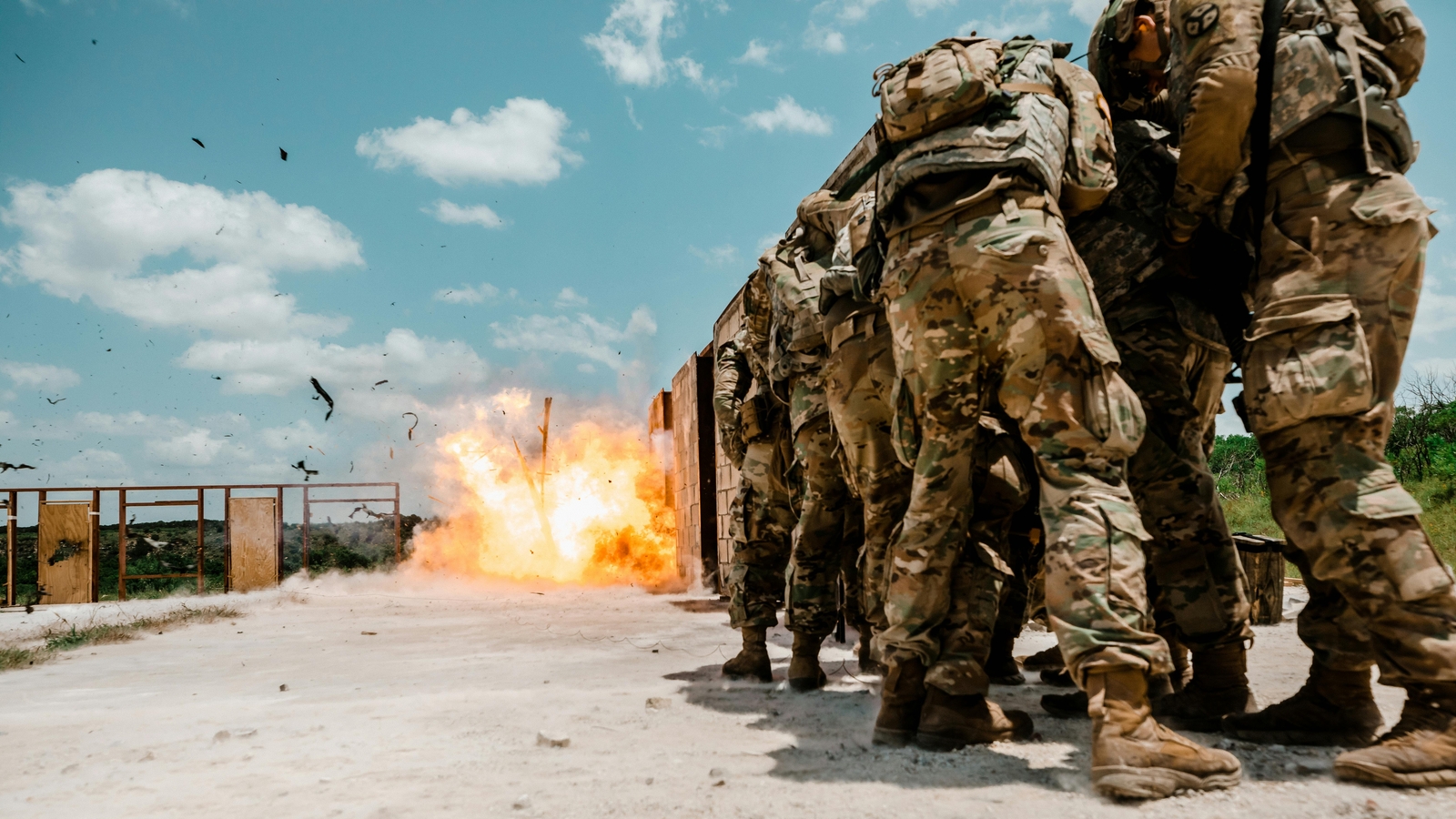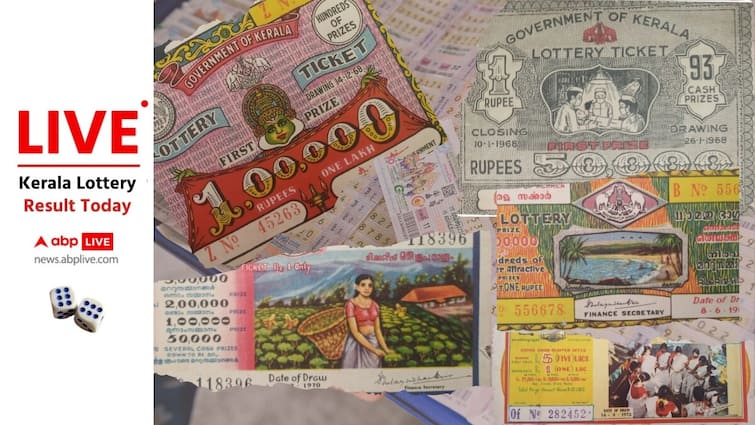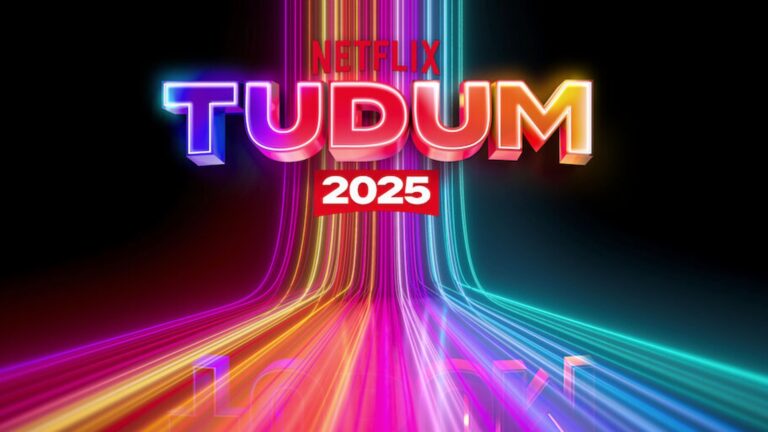Social Media Erupts with World War III Memes Following US Strikes on Iran’s Nuclear Sites
Following US Strikes in Iran, World War III Memes Surge on Social Media
On June 22, 2025, the geopolitical landscape shifted dramatically when the United States military executed strikes on three significant nuclear sites in Iran—Fordo, Natanz, and Isfahan. This decisive action has sparked renewed fears of an impending global conflict, prompting a wave of memes and social media discussions centered around the idea of World War III. Using humor as a coping mechanism, users on various platforms are channeling their anxiety about the escalating tensions.
The US Strikes: What Happened?
The strikes reportedly mark a deepening involvement of the United States in the ongoing conflict that has been escalating between Israel and Iran. President Donald Trump took to Truth Social to announce that the US had successfully attacked the Iranian locations, warning Iran of potential further actions should they respond with retaliatory strikes. The use of American military capabilities indicates a calculated move in the broader strategy against Iran’s nuclear ambitions, following a series of Israeli attacks aiming to weaken Iranian air defenses and missile capabilities.
Key elements of the US action include:
-
Targeted Locations: The attacks primarily focused on three nuclear facilities critical to Iran’s nuclear program.
-
Military Capability: The inclusion of advanced weaponry, such as stealth bombers and bunker-buster bombs, underscores the US’s commitment to robust military engagement.
- Strategic Objective: The offensive aligns with Israel’s operations to systematically dismantle Iran’s potential for nuclear armament.
The Meme Culture Around World War III
As tensions rise, social media has transformed into a canvas for humor and satire, leading to a notable surge in World War III memes. The concept of a global conflict draws a mix of fear and levity, leading to both amusing and poignant expressions of public sentiment.
-
Trending on X: The phrase "World War III" began trending on X (formerly Twitter), with users creatively depicting their thoughts on the potential consequences of military escalation.
-
Types of Memes:
- Parody: Many memes use popular culture references to illustrate the absurdity or gravity of the situation.
- Anxiety Expression: Others tap into widespread anxiety about economic instability and the future of global peace.
- User Engagement: The humor serves a dual purpose—providing comic relief while also allowing people to express their apprehensions regarding a probable war scenario.
Public Responses and Concerns
The response to the strikes and subsequent memes reveals a complex interplay of emotions among the global populace:
-
Economic Impact Worries:
- Social media discussions are rife with apprehensions about how a potential war might impact global economies. Concerns include:
- Rising oil prices
- Disruptions in trade
- Increased military spending
- Social media discussions are rife with apprehensions about how a potential war might impact global economies. Concerns include:
-
Historical Parallels:
- Memes often draw parallels to past wars, such as World War I and World War II, sparking debates about the lessons learned and whether history is repeating itself.
- Calls for Peace:
- Amidst the humor, many users advocate for diplomacy over conflict, sharing messages that emphasize the need for peaceful resolutions.
The Broader Implications
Looking beyond the memes and social media chatter, the implications of US involvement in Iran are significant. As global citizens react to the fear of conflict, it’s essential to recognize the underlying issues at play:
-
Nuclear Proliferation: Fears about Iran’s nuclear capabilities are not new, but these recent strikes inject urgency into the debate surrounding Iran’s nuclear agenda.
-
International Relations: The actions taken by the US may have lasting effects on its relationships with allies and adversaries alike. The direct involvement in the Middle East signifies a pivot that could redefine strategic partnerships.
- Public Sentiment: The surge in memes not only reflects a cultural moment but also the public’s deep-seated anxieties about war and the future. It is an acknowledgment that times of crisis often unravel our coping mechanisms.
Conclusion: The Future is Uncertain
The combination of military strikes and the rise of World War III memes illustrates a fascinating yet troubling intersection of humor and anxiety. As the global community grapples with the realities of conflict, it becomes clear that the conversation about war isn’t just political; it mirrors the underlying fears and hopes of those affected by it.
While humor may offer temporary relief from the shadows of conflict, the It serves as a reminder of the fragile balance between international relations and the human experience. In these times, the call for dialogue and understanding has never been more crucial. As we reflect on the implications of US actions in Iran, one can only hope that peace prevails over the specter of war.





